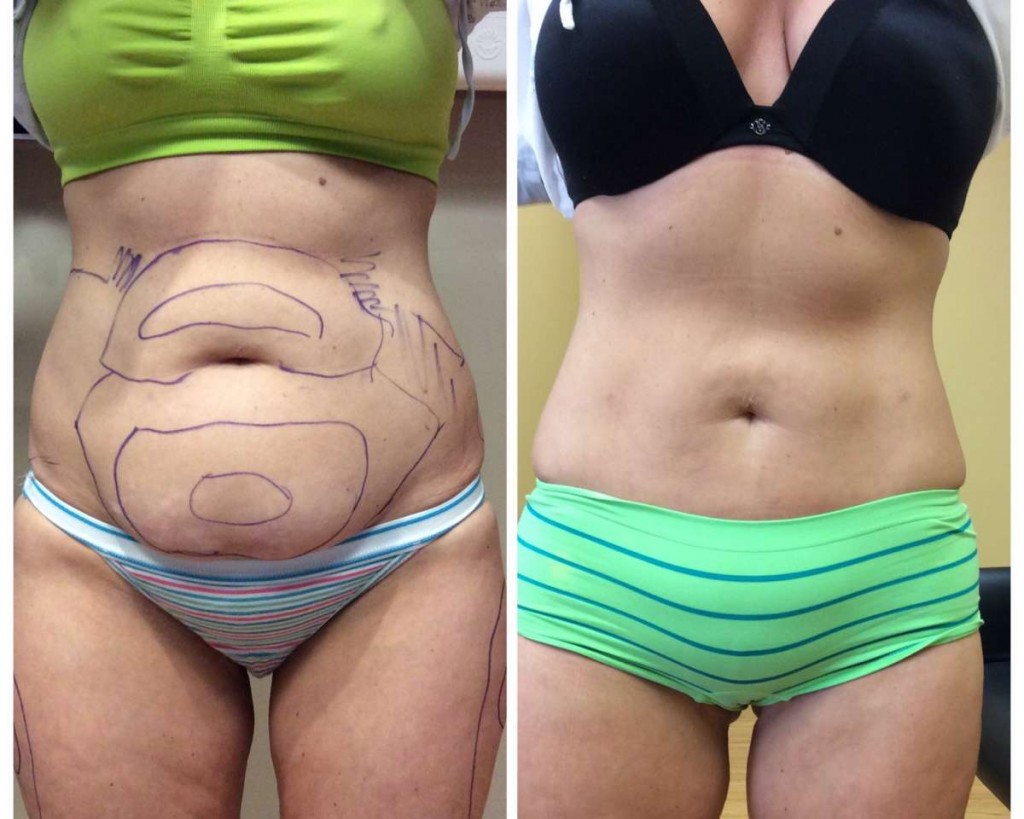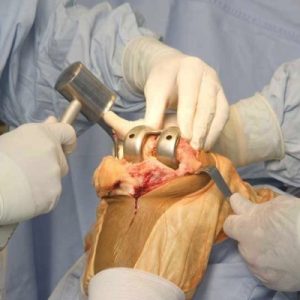marlinmedicalassistance's blog
makes use of ozone, a colourless gas
which comprises of three oxygen atoms.
Some researchers and trusted sources believe that ozone has therapeutic effects
and the therapy Treatment has been studied and used for over 150 years.
A layer of ozone is found in the earth’s stratosphere. Its primary function is
to shield the earth from the sun’s ultraviolet beam of rays, most of which it
sucks in itself. At our centres’ ozone treatment is used to cure and treat
conditions by disinfecting the area around them, improving the body’s uptake
and utilization of oxygen, and triggering the immune system.
Using a gas as a medical ministration
is unconventional, so there are unique techniques that are brought to use.
Ozone can also be harmful when inhaled.
Ozone therapy is useful in several
ways in medicine. When it was first used more than 150 years trusted source, it
was to disinfect and treat diseases.
During the First World War, its
application to wounds showed not only its ability to disinfect but also to aid
blood flow and produce anti-inflammatory effects.
Later, it was recorded to be a very
practical treatment for people suffering from HIV before pharmaceutical
medication was available.
Today it is brought to use for curing
the following:
infected wounds
circulatory disorders
geriatric disorders
macular degeneration
viral diseases
rheumatism and arthritis
cancer
SARS
AIDS
Limb Bagging Ozone Therapy:-What is Limb Bagging therapy?Limb-bagging is the
process of applying ozone gas directly to an affected area of the skin. Limbs,
such as an arm or leg, are covered with a plastic bag that is then filled with
the ozone gas through a small opening of the bag.
How does limb bagging work?
Many people use a clear PVC bag (or any plastic bag) and evacuate the air.
Secure it at the top and bottom. Insert the ozone gas through the one end and
have another tube for evacuation of the gas through charcoal destruct so ozone
does not escape. Different levels of gas (gamma) are suggested for either
sterilize or to ameliorate tissue reconstruction.
What conditions benefit from Limb Bagging Ozone?
This application is helpful as the remedy of many types of typical ailments
including:
Diabetic ulcers
Onychomycosis (fungal nail infection)
Athlete’s foot
Tinea versicolor
Bacterial Infections
Wound healing
Ozone’s anti-microbial effects are very effective for curing ailments of the
skin and nails in clinical research. Fungal contagion of the nails has
countered better to ozone treatment than traditional medical treatment, the
skin ulcers as well showing a significant improvement.
How frequent are the treatments?
Usually, 1-5 times per week, 1-2
times per day depending on how severe the problem is until the problem fades.
Is Limb bagging Therapy painful?
No. There is no harm or suffering
with the pressure of ammonia on the tissues of the body. If you undergo any
sort of discomfort the doctor will decrease your dose. Children accept it well.
How long does it take to perform?
The method is usually 20-30 minutes
and is performed daily.
We at Marlin Medical Assistance with
our tie up with major state of art hospitals provide world’s best healthcare
service at your doorstep.
Page
Source: https://marlinmedicalassistance.com/ozone-therapy-treatment-hospitals-in-delhi-india/
liposuction
surgery Medical procedures are one of the effective ways to achieve the desired
permanent changes in the body. Every individual in the world aspires to have a
perfect body with attractive assets. But if there is a presence of the excess
fat in the body, then then the respective individual feels demotivated and
loses confidence over time. Getting rid of excess fat is possible in several
ways, including medical procedures. One of the most popular fat loss procedures
is liposuction. Liposuction is the surgical procedure that is used to remove
excess fat from the abdomen, thighs, hips, buttocks. The extra amount of fat
from the neck and arms are also eliminated with this procedure. The best part
of the liposuction
surgery in India is that the fat from the targeted area is removed
successfully.
Steps in Liposuction Surgery:
1.
The liposuction surgery is performed either in the doctor’s
office or hospital, depending on the complexity of the procedure and amount of
fat to be removed in the procedure.
2. The surgeon
injects anesthesia into the patient. Depending on the location of the
procedure, local or general anesthesia is given to the patient
3. The procedure is started once the patient is adequately anesthetized. Medical equipment called as the cannula is used in the procedure. This is attached to the suction device. The incision is made in the respective location. The cannula is inserted into the targeted area. The extra fat is removed from the patient with the help of the suction effect. The amount of fat will determine the total duration for completing the procedure.
Liposuction
for fat loss is available in two types. This includes
tumescent and ultrasound-assisted types. Tumescent liposuction utilizes a
solution that helps in removing the fat from the patient with much ease and
reduces pain with the improvement of the experience concerning the procedure.
In the other type of procedure, ultrasonic energy is to simplify the fat
removal process. Thus, liposuction treatment in India offers
excellent results to the entire appearance of the patient undergoing this
effective cosmetic surgery.
Page Source: https://marlinmedicalassistance.com/liposuction-surgery-in-india/
Heart Bypass Surgery
(CABG) is a surgical procedure performed to treat clogged parts of the
arteries. It ensures a smooth flow of blood from and to the heart. Thousands of
people visit India every year to get Heart
Bypass surgery done in India. CABG is performed with a 98% success rate
in India, which is better than in many advanced countries.
India is becoming
the favorite destination for getting CABG done because of the perfect
combination of world-class healthcare at almost one-third of prices. The high success
rate of CABG with world-famous Indian hospitality makes decision making easy
for every heart patient.
This is recommended
for elderly patients having more co-morbid conditions. It is more complicated
than conventional CABG.
It is a surgical
procedure that involves the removal of a part of an artery or the vein and
replacing it with a vein from other body parts.
It is one of the
most advanced methods of performing CABG. It has numerous advantages over
traditional techniques. In this technique, a small incision of 4cm is made
through which surgery is performed. It has several advantages over conventional
methods like early recovery, less blood loss, etc. It is an ideal option for
older patients or patients having multiple ailments.
Some of the renowned
hospitals in Delhi, where you can get this procedure performed are highlighted
below:
It is one of the
oldest and most prestigious hospitals in Delhi. It is the pioneer bringing many
technologies to India. It has the largest and most proficient team of cardiac
surgeons in the world. They have treated more than 70,000 patients in the last
two decades. It is the largest private cardiac hospital in the Asia Pacific
Region.
Max has been at the
forefront of providing world-class healthcare in Delhi. Max Health Care is
equipped with the latest technology to provide cardiac treatment to their
patients. They perform various complicated surgeries like CABG, Pacemaker
implant, ACD, CRT, Heart Hole surgeries (ASD, VSD, PDA), Paediatric Cardiac Surgery,
Angioplasty/Angiography, etc. They also perform a heart transplant in the
rarest of rare cases.
It is established in
2009 by the renowned Cardiovascular and Cardiothoracic surgeon, Dr. Naresh
Trehan; Medanta is known for excellent results in Cardio care. The hospital is
equipped with the latest technology like 3.0 Tesla MRI, Da Vinci surgical
system, etc. It is the first hospital in the country that conducted robotic
surgeries in cardiology.
It is the 6th Best
Private Hospital in India for Cardiology, according to a survey conducted by
The Week in 2013. Cardiology team achieved an astounding 99.6% success rate in
cardiac bypass surgeries, amongst which 91% were beating heart surgeries.
Apollo Hospitals have performed more than 1,52,000 cardiac surgeries, including
complicated CABG, medicine for all types of valvular heart disease infant and
neonatal cardiac surgeries – with success rates comparable to international
standards.
When does a person require a knee replacement surgery?
If you have a painful and
stiff knee replacement surgery and you cannot perform even the simplest of
activities, and you have tried other treatments, but they don’t seem to work,
then your doctor may consider a knee replacement surgery in India.
Mostly people who are above 50 years and have severe osteoarthritis have to
undergo this surgery.
What happens in the knee replacement surgery?
You will first be given a
general anesthesia which will put you to sleep temporarily, or you will be
given a spinal or epidural anesthesia where you will feel numb below the waist.
Then an 8 to 12 inch cut will be made in front of the knee. The part of the
joint which is damaged will then be removed from the surface of the bones, and
the surfaces will be shaped so that it can hold a plastic or a metal artificial
joint. The artificial joint is then attached to the thigh bone, knee cap and
shin. A special material or cement is used for this. When fixed together, the
attached artificial parts form the joint. Ligaments and the surrounding muscles
provide support and function to this joint.
Knowing about the new advances in knee replacement surgery
Minimally invasive surgery has
brought about a lot of developments in knee replacement surgery and other
fields of medicine. The key characteristics of minimally invasive surgery are
that it makes use of specialized techniques and instruments to allow the
surgeon to perform a major surgery without making a large incision.
A small incision of 3 to 5
inches is required in the minimally invasive knee joint replacement as compared
to the standard approach and incision. Less tissue is damaged in the smaller,
less invasive approach, and this allows the surgeon to work between the fibers
of the quadriceps muscles instead of making an incision through the tendon. So
this will lead to less pain, faster recovery, and better motion because of less
formation of the scar tissue.
What will happen after the knee replacement surgery?
You will have to stay in the
hospital after your knee arthroplasty for around three to five days on an
average. The people who go in for a knee joint replacement surgery have a lot
of improvement. This improvement takes place in one month’s time of the
surgery. The pain which is caused by the damaged joint becomes less after the
construction of the new gliding surface.
After undergoing the knee
joint replacement surgery, many people stand and move a day after the surgery.
Initially, you may have to walk using parallel bars, and then you may have to
use a walking device such as a walker, crutches or a crane. You will have to
use these devices till your full body weight can be supported by the knee.
After six weeks, many people work comfortable without any assistance. Your
muscle strength will have to be restored with physical therapy, and then you
can enjoy most of the activities except jumping and running.
Page Source: https://marlinmedicalassistance.com/knee-replacement-surgery-india/


